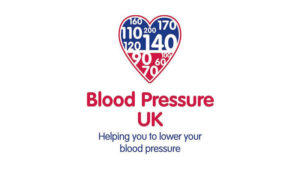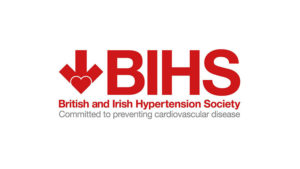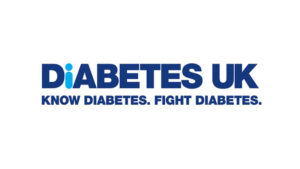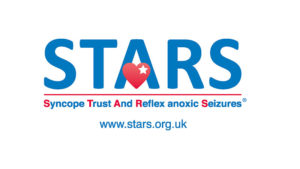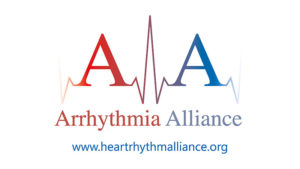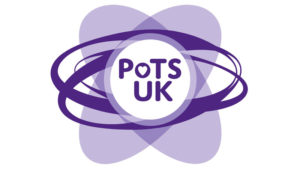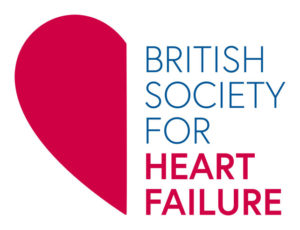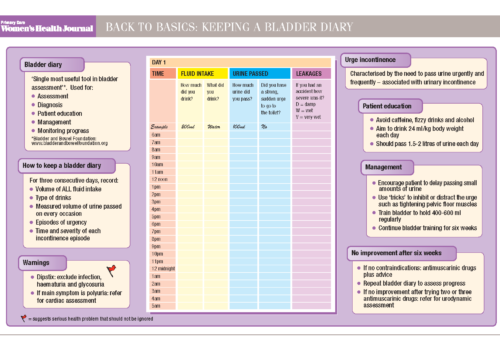


This resource is fully searchable using the search box at the top of the page, or to narrow down your selection using filters click on 'Knowledge hub' in the main navigation.

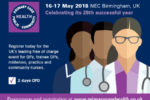
This resource provides access to informative articles on the broad spectrum of obstetric and gynaecological issues managed in primary care including sexual and reproductive health.
These materials cover some of the most important topics in daily care including:
![]() Contraception across different age groups
Contraception across different age groups
![]() Early detection of gynaecological cancers
Early detection of gynaecological cancers
![]() Pre-menstrual syndromes
Pre-menstrual syndromes
![]() Use of testosterone
Use of testosterone
![]() Menstruation and abnormal uterine bleeding
Menstruation and abnormal uterine bleeding
![]() Fertility treatment
Fertility treatment
and much more.
Twenty-five years ago, few healthcare professionals associated osteoporosis with an increased risk of broken bones, and there was no internationally recognised definition of the disease. There were no NHS dual X-ray absorptiometry scanners, treatment options were limited, and the care and support offered to those with osteoporosis was a long way below the standards delivered by health professionals today. There was also no UK-wide charity to raise awareness of the disease.
Many people have close relatives with cancer, and the possibility of inherited risk is increasingly raised during a GP consultation, often by patients themselves. It is important to identify the small but significant proportion of people who are at greatly increased risk of developing cancer as a result of their family history. But most patients with a family history are not at higher risk, and can be managed in primary care.
Getting people to act on advice is a continuing challenge for health professionals, particularly in the self-management of chronic conditions. In this article, we explore why men are less likely than women to fully engage with their own health needs and what health professionals can do to help men get better at this. Using the behavioural theory of communication – the Theory of Primitive Concerns – we will look at how different responses to risk – with women typically being risk-averse and men being risk-seeking – mean they respond differently to two alternative styles of clinical instruction based on using ‘power language’ and ‘safety language’. The theory is that we can help men to look after their own health by using language that matches their attitude to risk and presents self-care in a more powerful way.
The Department of Health certainly gave us all something to think about over the Christmas break and well into the New Year. In the middle of last December, Secretary of State Andrew Lansley confirmed that the Coalition Government is pressing ahead with its radical structural changes to the NHS in England.1 This was despite concerns by professional and patient organisations, and indeed the House of Commons Select Committee,2 about the feasibility of introducing major reforms when the NHS is under increasing financial pressures.
Vulvovaginal candidiasis, or thrush, is very common, affecting 50-75% of women during their lifetimes. About half of women who experience an episode will suffer a further attack and 5% will develop recurrent disease. Recurrent episodes are associated with depression and loss of libido, but a combination of lifestyle advice and antifungal treatment should control symptoms for most women.
Think of a disease in which diagnostic delay may kill the patient, yet early diagnosis is extremely difficult. Add that the disease is quite rare, and symptoms mimic much more common benign conditions. If that is not tough enough, screening has not (yet) been shown to be helpful, and the primary diagnostic test is quite specialised. Does this add up to a problem? Of course it does, and the diagnostic nightmare is ovarian cancer.
Despite a recent decline, the UK still has the highest rate of teenage pregnancy in Western Europe. Young women themselves explain why, although access to contraception is relatively easy in theory, they find it difficult in practice to overcome the many barriers to its successful use.
The impact of constipation in palliative care cannot be overestimated. It is an unpleasant, distressing symptom that often has a profound effect on quality of life. This article explores the complexities of assessment, highlights the challenge of managing opioid-induced constipation, and reviews recent advances in management.
A unique new e-platform for primary care

For healthcare professionals in countries with applicable health authority product registrations. The content may not be approved for use in your specific region or country. Please review the applicable product labelling for your country for indications and instructions prior to use. If not approved, please exit this site.
We use cookies to ensure that we give you the best experience on our website.
By continuing to this site you are confirming that you are a healthcare professional and are opting into the use of cookies.


